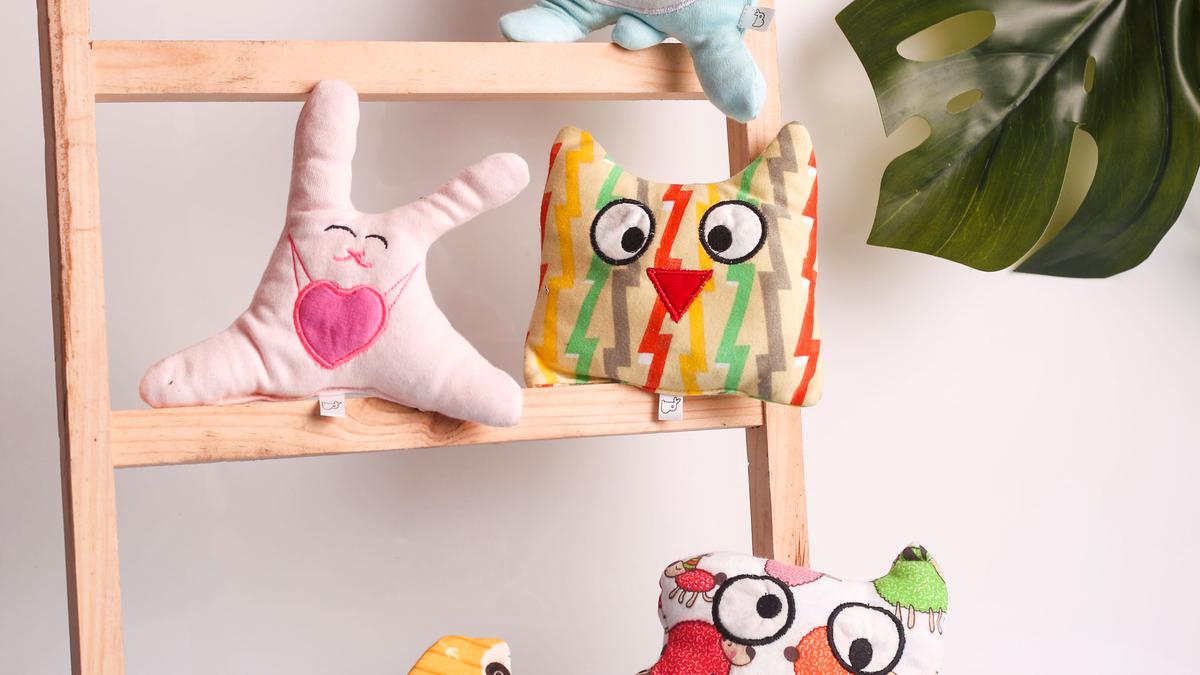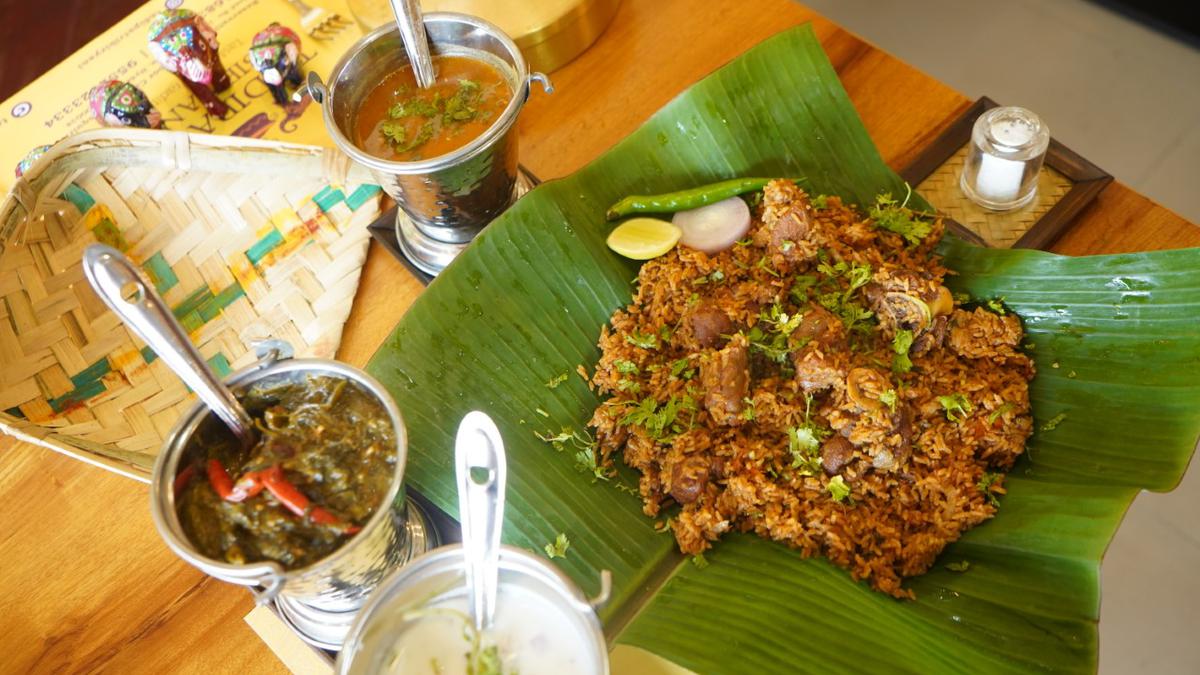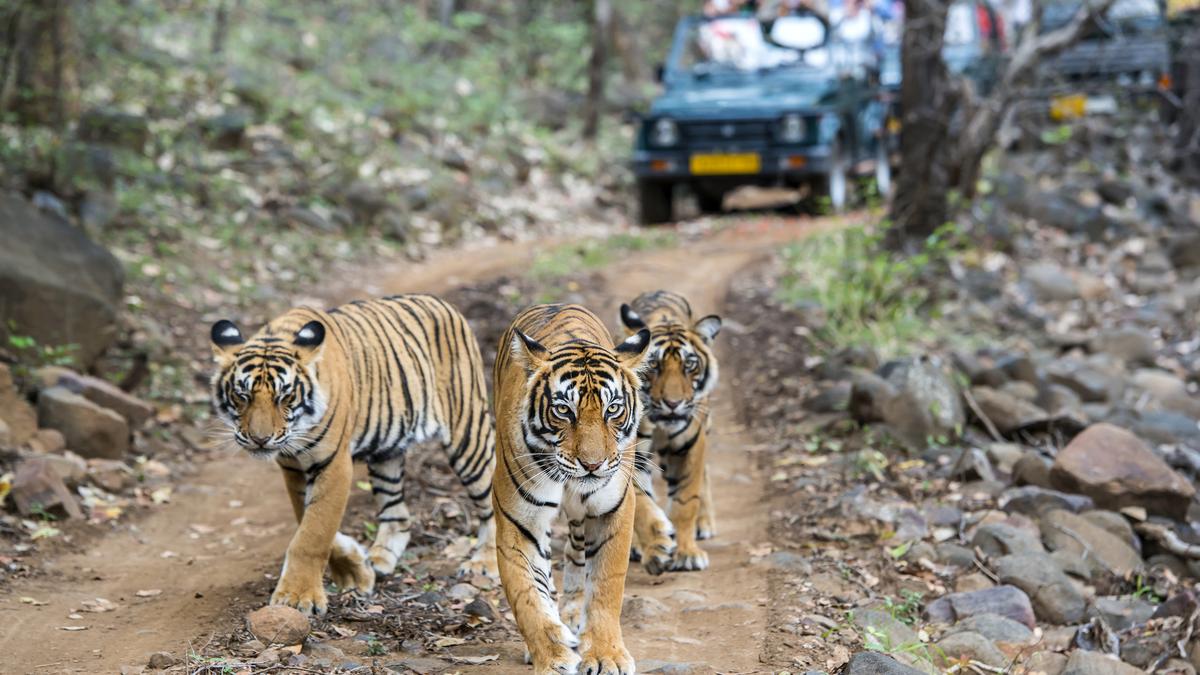Cigarette butts have no place in a nursery. The Vipul brothers disagree. They have been making toys from trashed cigarette butts under Code Effort since 2018. Kickstarted by Naman Gupta and his elder brother Vipul, the Uttar Pradesh-based enterprise recycles cigarette butts into fluffy soft toys, stationery, home decor, etc. “The tobacco is decomposed using 100% natural microorganisms and converted into compost powder. Our composting is aerobic, unlike traditional anaerobic processes to ensure that the leachate doesn’t harm the soil and groundwater,” says Naman, adding that the recycled fibre goes on to be used as filling for their toys, and other products that are crafted by local artisans at their Noida factory.
Anybody can volunteer and send/donate cigarette butts for recycling. “We engage with over 2,000 rag-pickers across India to collect cigarette butts, and we have created a business model (Code Associations) wherein the associates (current network of over 250 districts in India) get money for their supplies.” The toys are exclusively on order for individuals and corporates, says Naman, who is now developing recycled paper products such as stationery, packaging, and more from recycled cigarette waste paper.
A toy by Code Effort
| Photo Credit:
Special Arrangement
DIY experts
A cycle valve crafted using matchsticks, a jet car from a plastic bottle, a yo-yo from CDs, a ‘magic’ fan from paper… video tutorials to make over 8,500 such toys from discarded material are the trademark of scientist Arvind Gupta’s YouTube Channel.
Having worked for 11 years at the Children’s Science Center at IUCAA (Inter-University Centre for Astronomy and Astrophysics) in Pune, the Padma Shri awardee says the idea to craft, and most importantly teach children how to make their own toys, came from the Hoshangabad Science Teaching Programme in the mid-1970s that he was a part of. “The idea was to make science fun for village children, and using discarded materialwas the first step.”
He established Arvind Toys in 2004, where he experimented with countless discarded materials such as plastic bottles, newspapers, cartons, , etc, all sourced from homes in Pune. “We do 100 experiments with old plastic bottles, make 20 caps using old newspapers, and over 40 toys using cartons,” says Arvind, who retired eight years ago and now translates books for children in Hindi.
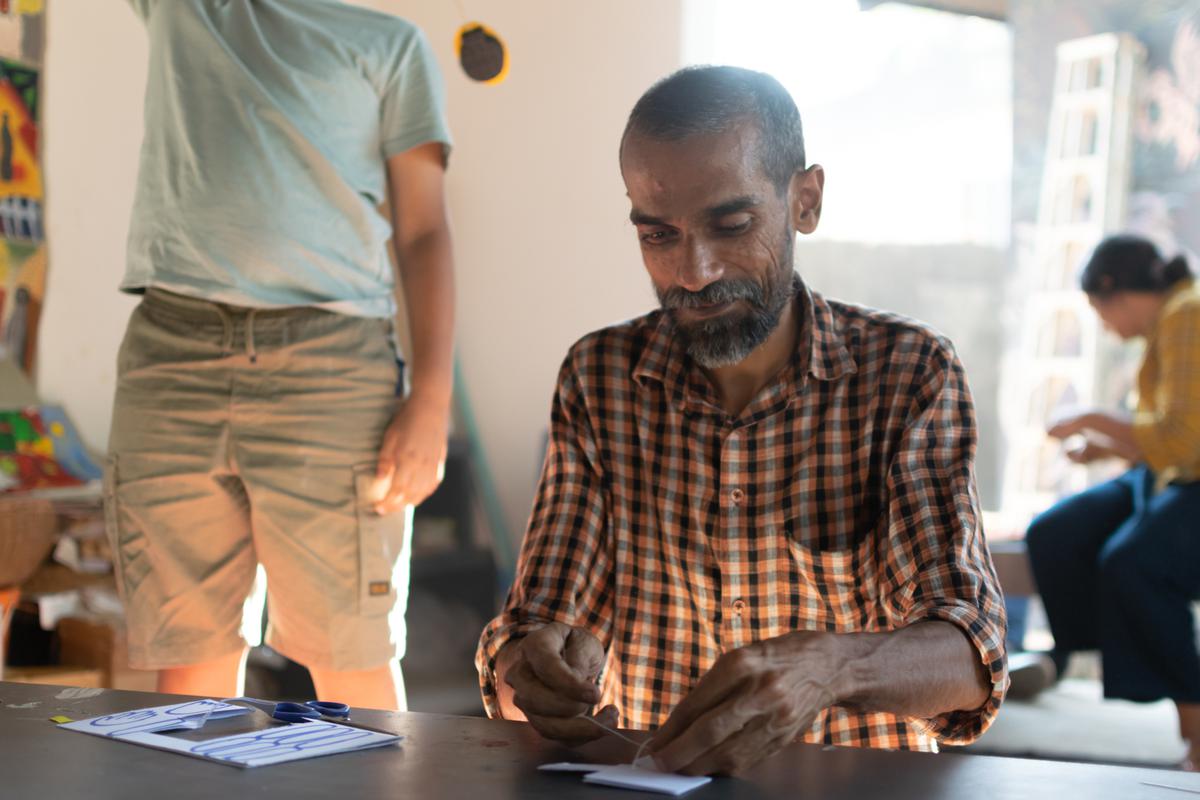
Subid KS at a workshop
| Photo Credit:
Special Arrangement
Subid KS of Ahimsa Toys, who briefly worked with Arvind in 2011, says how the learningfrom Arvind have remained with him since. “ A use and throw culture is common now and the market is dominated by violent toys. Ahimsa Toys comes with the powerful message of ‘reuse and repair’.”
Each civilisation and culture has a history of its own toys and India has a wonderful history of it, explains Subid, who travels the country teaching children the art of making their own toys. “Usually, I ask children to bring the commonly found materials in their life such as a torn balloon, a used ball pen, etc., and adhesive, colours, and a pair of scissors. They are free to observe and play with my toys for some time,” he says, adding, “Create or not create, copy me or create oneself, the only condition is that the children should be responsible for their time and they can’t litter.” Through this process, explains Subid, children are encouraged to be self-reliant rather than teacher-reliant.

A snapshot from a workshop by Subid KS
| Photo Credit:
Special Arrangement
The fabric fairies
Closer home, at Oh Scrap! Madras — run by Dominique Lopez and Priyanjoli Basu — a set of toy dolls has been in the works. Known for designing everything from stationery and home decor with fabric scraps, Dominique explains how the team was asked to create toys for a long time. “But, it is not easy to do, especially since we use fabric stuffing,” she says, adding how they identified with a design they liked on social media, “and worked with the tailors to bring them to life from the picture itself”. “We got a first batch, which was okay, but we knew it could be better, so we improved it with the tailors.” The result is Louise, Lola, Lili, and Lolita, designed in vibrant patchwork outfits and long braids.
Superbottoms might be a brand synonymous with cloth diapering, but their recent launch (November 2022) includes animal toys, crafted from their surplus fabric. Founder Pallavi Utagi explains how the scrap fabric cannot be used to make garments “as it is too tiny and inconsistent”, so the team decided to make toys, coin pouches, key chains, and other accessories from these scraps.

Dolls at Oh Scrap! Madras
| Photo Credit:
Special Arrangement
The process of utilising the scraps is actually more complex than making the toys from fresh fabrics and materials, she explains. “This is primarily because the scraps are usually inconsistent in size, shape, structure, and material. The first step therefore, after collecting the scraps, is to sort it painstakingly into consistent and usable bundles.” Post-sorting, the team looked for vendors who were ready to be creative with using the scraps. “We found a small unit in Tirupur run by women from disadvantaged backgrounds who were willing to support us,” says Pallavi.
The hygiene factor
Keeping in line with the upcycling philosophy, the team at Superbottoms recently used old diapers “that were no longer usable by children” to upcycle them into keychains shaped like diapers. “We plan to launch mobile pouches for mothers, scrunchies, scarfs, cloth bibs, coin pouches, etc.”
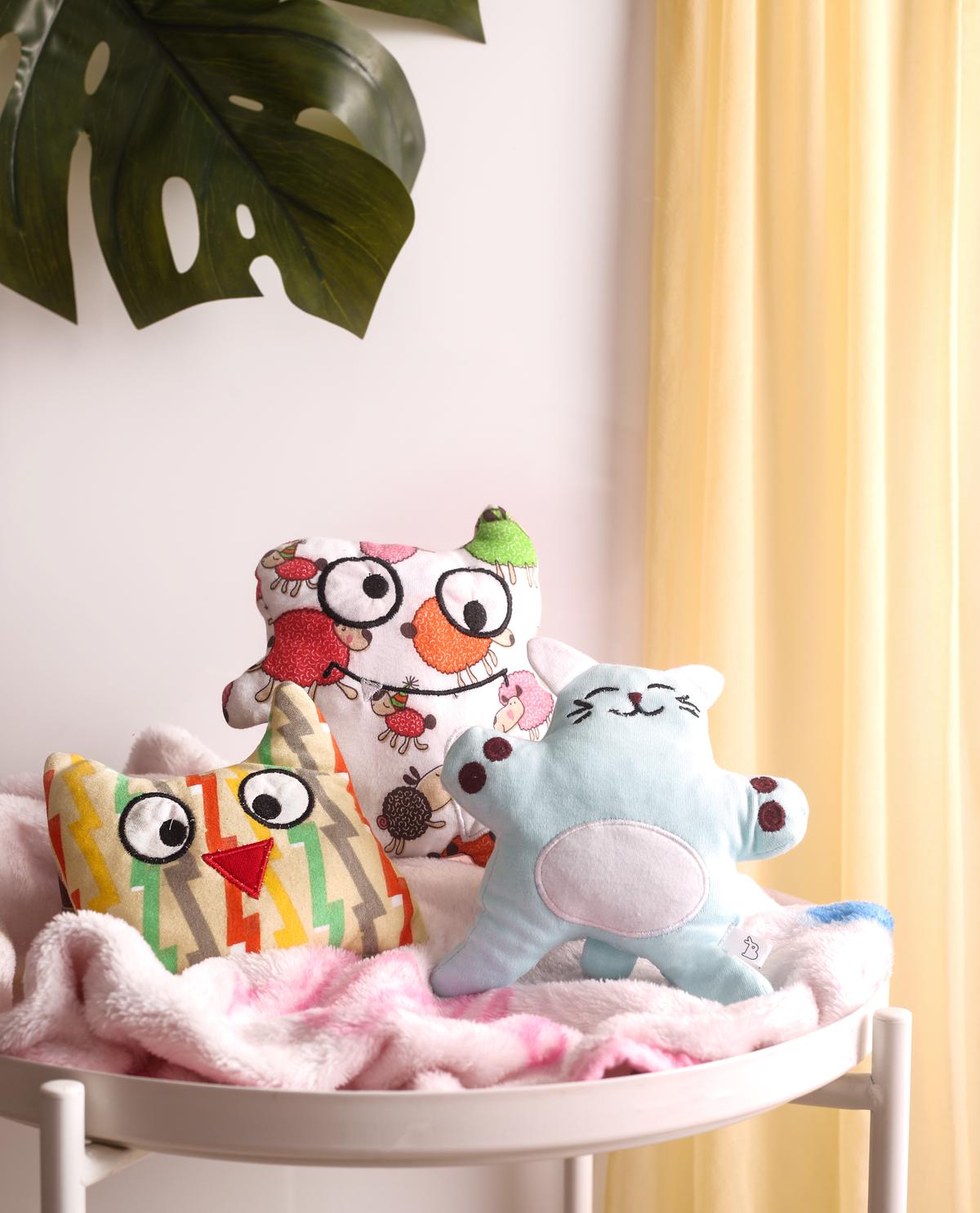
Toys at Superbottoms
| Photo Credit:
Special Arrangement
With hygiene paramount when dealing with children, Pallavi says the “used diapers undergo a rigorous industrial wash procedure before being upcycled, and to be safe, the products crafted are not used on babies.” Arvind chips in to add how the cartons and plastic bottles are thoroughly cleaned before being handed over to the children.
But how does the team at Code Effort ensure the strong tobacco odour does not leech onto their toys and other products? “We recycle cigarette fibres using biodegradable and organic chemical compositions. After treatment, the material undergoes a quality and lab-testing process before further application,” ensures Naman.


